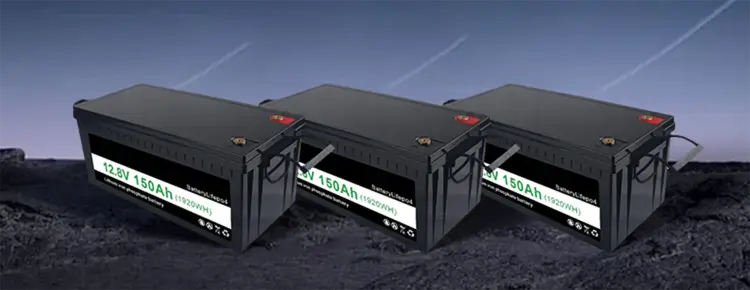
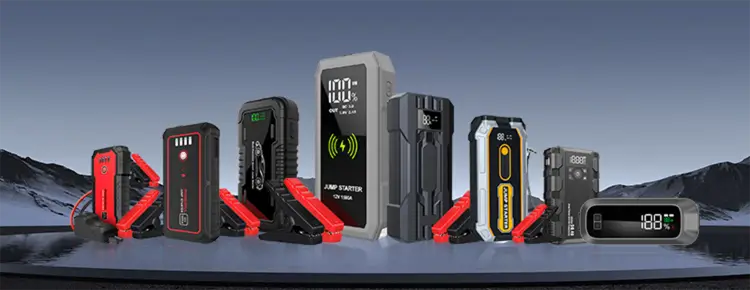
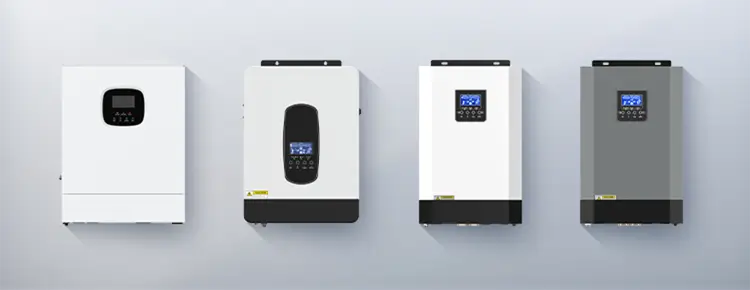

Blog
Hot Category
Latest Blog
08 Jan 2025
Eli
One of the most common questions when setting up a solar system is whether a PWM (Pulse Width Modulation) solar charge controller can be used to charge a LiFePO4 (Lithium Iron Phosphate) battery with its own BMS (Battery Management System). The answer is not simple and depends on several factors. Let's explore this topic in detail.
PWM solar charge controllers are a cost-effective and simple option for regulating the flow of current from solar panels to batteries. They work by rapidly opening and closing the connection between the solar panel and the battery, maintaining a consistent voltage. However, PWM controllers lack the ability to optimize power input and usually operate at the battery voltage, which results in some energy loss.
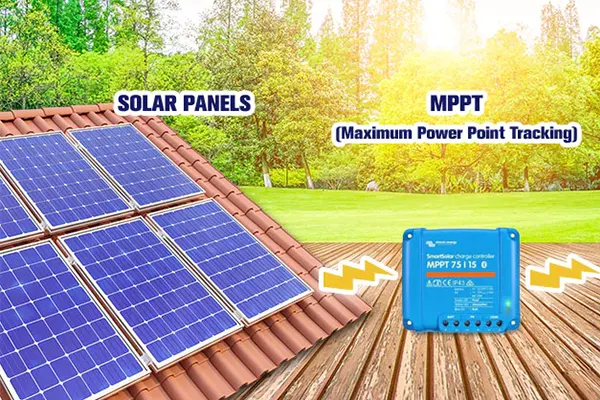
Simple design and low cost.
Suitable for small solar installations.
Limited by battery voltage, resulting in potential inefficiencies.
LiFePO4 batteries are becoming increasingly popular in solar applications due to their high energy density, long cycle life, and excellent safety. However, they require specific charging parameters to ensure longevity and optimal performance.
Constant Current (CC) and Constant Voltage (CV): LiFePO4 batteries require a CC phase followed by a CV phase to avoid overcharging.
Voltage Regulation: Typically, the nominal voltage of LiFePO4 batteries is 3.2V per cell, and for a 12V system (4 cells in series), the recommended charging voltage is about 14.4V.
BMS Role: BMS protects the battery by managing cell balancing, overcharging, and over-discharging.
PWM controllers can charge LiFePO4 batteries, but the following points need to be noted:
The voltage setting of the PWM controller must match the charging requirements of the LiFePO4 battery. Many PWM controllers are designed for lead-acid batteries, which have a slightly different voltage curve. If the output voltage of the PWM controller cannot be adjusted to meet the needs of the LiFePO4 battery, it may undercharge or overcharge the battery, shortening the battery's life.
PWM controllers do not have programmable charging profiles for different battery chemistries. Without precise control, the battery's charge may not be consistent with the ideal CC/CV charging curve of LiFePO4.
While the BMS provides a critical safety function, it is not a substitute for a properly regulated charge controller. Over-reliance on the BMS to correct charging inconsistencies can cause premature wear on BMS components.
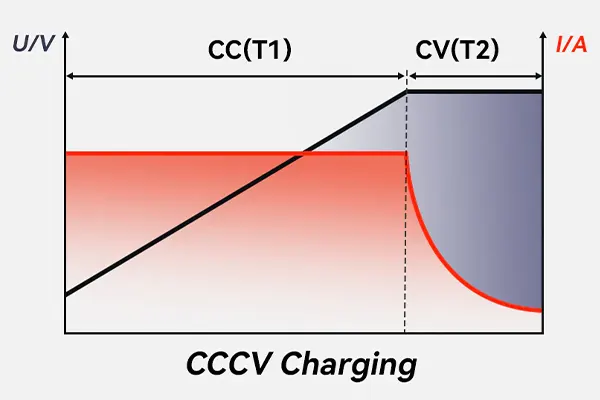
If precise charging and maximum efficiency are critical to your setup, consider using an MPPT (maximum power point tracking) controller instead. MPPT controllers are more efficient and can dynamically adjust to the charging needs of the LiFePO4 battery.
While a PWM solar controller can be used to charge LiFePO4 batteries using its own BMS, it is not always an ideal solution. Ensuring that the voltage is set correctly and understanding the limitations of the PWM controller are critical to the life and performance of the battery. For larger or more demanding solar systems, investing in an MPPT controller may be a better long-term solution.